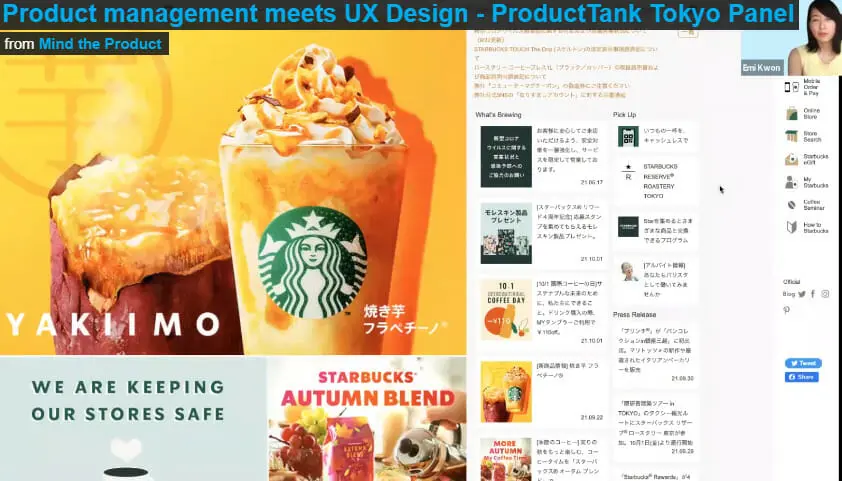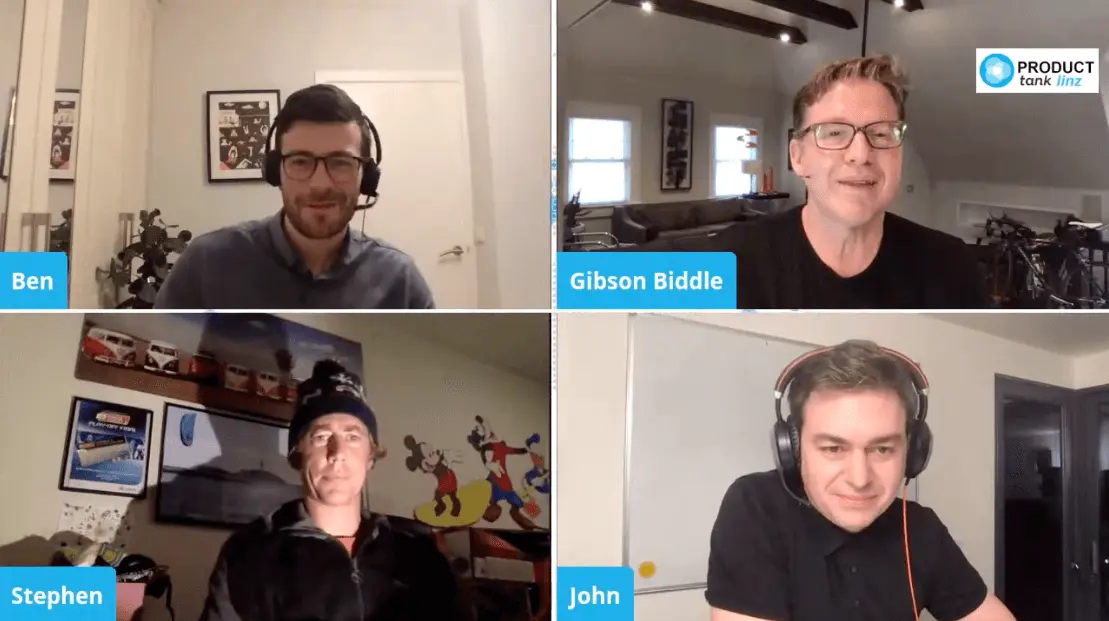In this talk from ProductTank London, Scott Eblen (previously Chief Product Officer at Nutmeg) shares some key lessons about product development in Fintech, and uses an interesting analogy to reframe the experience of product development in the Fintech world: manufacturing lead shot.
Be Ready To Ignore Tradition
In this case, there are actually two traditions that Scot highlights. In the finance tradition, interfaces are essentially all graphs designed for financial professionals (not general consumers), and they are all backwards-looking. However, most consumers are not adept at making sense of visually complex data, and what they actually want to know is whether they’ll have enough monty for the future.
It is crucial that Nutmeg focuses on the future when describing financial investments, and finds a better representation of their data, as that’s what people care about and understand.
In addition, it’s worth being ready to ignore tech traditions. Most Startups live and die by their Daily Active Users, but for Nutmeg, if people are checking on their investments every day, then it’s pretty likely they’re about to churn. So Daily Active Users are actually not a good metric of success for them.
And whole so many tech companies are scrambling to be mobile-first, it’s also worth remembering that logging in to financial services on your mobile phone can a risky, not because of security risks (although those are present), but because it’s hard to get all the information you need to make a good investment decision via a mobile interface.
Be Guided By Nature
As a general rule, it’s wise to design your products to take into account natural human behaviour, and this is especially true when you are building a financial product. You can clearly see the impact of human psychology in financial decisions – for example, on average, investors’ perform about 20% below the funds that they actually invest in, simply because of natural forces at work in people’s decision-making behaviour.
One such behaviour is loss aversion (wherein people apparently “feel” their losses almost 2.5x more than they feel their gains), and another example that Scott highlights is anchoring (wherein peoples’ purchasing decision-making changes depending on the first value option that they see). Taken together, this means that your default values and value propositions are critical to defining how your customers see your product and their own financial context!
But it’s not all bad news – a final example from Nutmeg is the impact of social proof – just showing a map of people investing helped increase conversion by 6%!
Wrangle Regulation
Regulators can be hugely valuable or they can be highly irrational. As an example of the latter the FCA do not allow the terms “capital” and “money” to be swapped in warning statements, despite the use of the former confusing consumers.
On a more positive note, Nutmeg were able to teach regulators new ways of understanding how consumers were interacting with their products, such as using heat maps to show that advice about risk assessment was valued and safe online. In both cases, it’s worth putting in the time to develop a close relationship and understanding with financial regulators, as it can secure you a huge competitive advantage in the long run.
Embrace Diversity
Bankers & tech people come from very different cultures, and they bring very different language and expectations with them. When you’re bringing together a diverse team like this, it’s worth understanding the differences and setting some expectations for everyone. Once you get those diverse perspectives and backgrounds working together, they become a competitive advantage that allows you to borrow powerful ideas from one domain and apply them in new fields that have never seen them.
Wrapping up
Don’t be afraid to do things that are different to the ways that a traditional industry has approached it, but by the same token, in markets like fintech and medtech, you have to work with the regulators to do form your new path. Make sure you take as many different perspectives as possible into your company, and that you learn a lot from pre-existing companies and powerful ideas, whatever their source.














